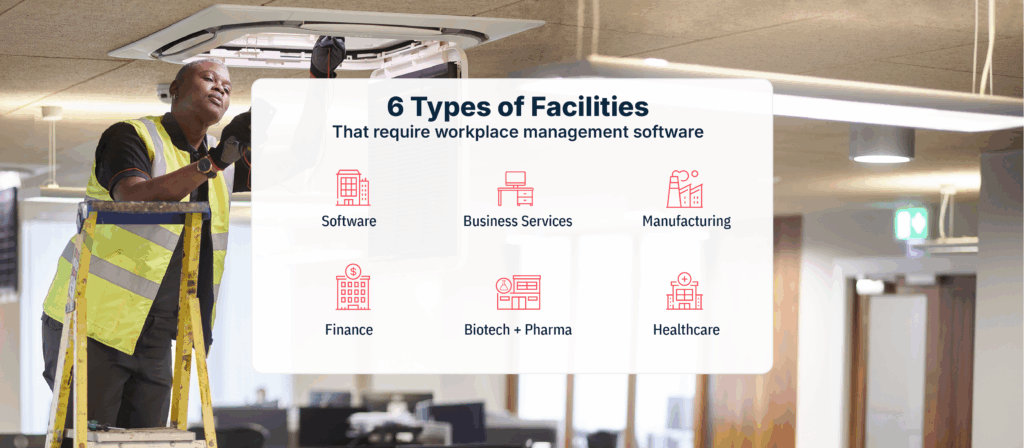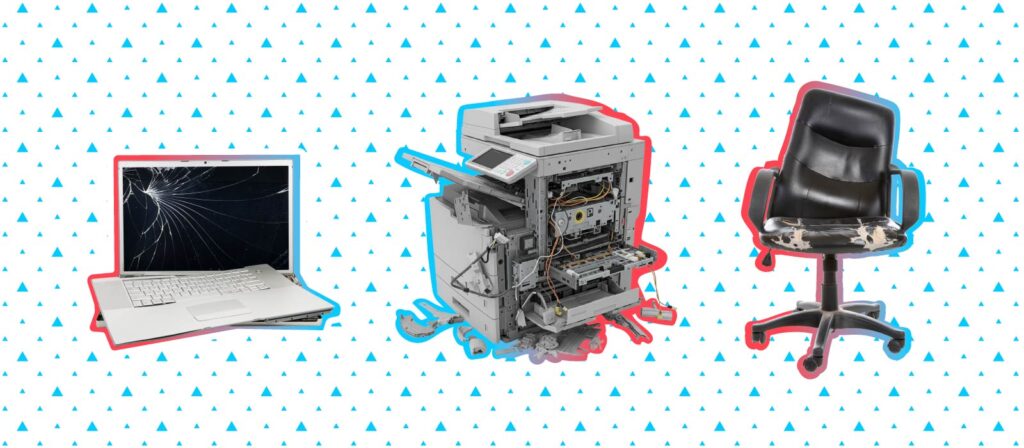5 Ways Facilities Managers Can Get the C-Suite’s Attention
By David Spence• 3 mins read•August 27, 2014

Getting Noticed by the C-Suite
Was it productive and successful, or did you walk away feeling like you didn’t quite reach him or her as effectively as you wanted?
If it was more of the latter when you wanted the former, the following tips will help. Here’s how you can ensure you get the C-suite’s attention, whether you’re holding an actual meeting with them or simply hoping to stay in their peripheral vision for the time being.
1. Market Yourself
Even when you don’t have a pressing concern that requires meeting with C-level employee, there are ways you can keep the department on his or her radar. Facilities Engineering Journal advises that you market yourself. Write articles for professional journals. Speak to local organizations and professional groups. Volunteer at company events. These kinds of activities are often publicized on company newsletters or other publication outlets. Participate in enough of them, and C-level executives are bound to take notice. Promoting yourself as an active and involved employee can lay the groundwork for when you do need to speak with them personally.
2. Be a High Performer
Marketing yourself is one way to ensure you attract attention—the right kind. Another is to be a high performer. In some cases like hospital settings, facilities managers don’t have good reputations, because executives never hear from their facilities departments unless there’s bad news involved. That is exactly the impression you want to avoid. While it’s true that FM isn’t the most visible department in many companies, it’s better to keep things running smoothly behind the scenes than to attract negative attention because something went wrong. Instead, excel at your job and attract positive attention by highlighting your activities and accomplishments.
3. Measure Your Successes
Executives think in numbers, so it’s smart to have some at the ready when you’re showing them what you’ve done for the company. The achievements you could highlight to the C-suite may include:
- increases in productivity
- decreases in absenteeism
- money saved through purchases like move management software
- energy savings
- decreases in utility costs
4. Frame Achievements Within Company’s Goals
To really drive home your point about your value to the company, look at the company’s overall goals. Think about how facilities fits into that general framework. Facility University has a good example: “[Your] organization wants to increase revenue by 15%; thus you set goals to reduce downtime by X% which would increase revenue by Y%. Or you could reduce your utility costs by 7%, which translates into Z% revenue increase.” By showing how facilities fit into the larger puzzle, you’ll increase the department’s overall value to your superiors.
5. Speak the Same Language
Facilities managers and business owners don’t always speak the same language. You may know the ins and outs of technical equipment and electrical systems, but your CEO does not. You won’t get as far using your own vocabulary when you’re trying to persuade them of something. Translate what you’re saying into concepts they’ll understand. How will what you’re doing have a positive effect on the company’s bottom line? How much money will it save? Alternatively, how much money could the company lose if you didn’t put your plan into action?
A final tip: CEOs are short on time, so when you plan your talking points for meeting with them, be sure to keep your information clear and concise. With a well-crafted, well-timed presentation, you can demonstrate your department’s value. You can persuade your audience that what you’re asking for is in the company’s best interest. And you can feel confident that you’ve bridged the gap that can sometimes keep facilities and C-level individuals from communicating clearly. Good luck!
photo credit: altemark via photopin cc



